It’s time once more to reflect on the best new-car buys out there right now. A fleet of new models landed on forecourts in the last 12 months, but not all have managed to surpass some superb cars already on sale. There’s a clear direction of travel towards electric, but that doesn’t mean there aren’t some fantastic petrol and diesel cars still in the mix. Increasingly the tech world is encroaching into the motoring one and models that don’t keep pace seem decidedly dated. On the basis of all the cars we’ve driven over the last few decades, here is our list of the top 50 cars on the market right now. We’re sure you’re going to disagree.
50. Renault Austral
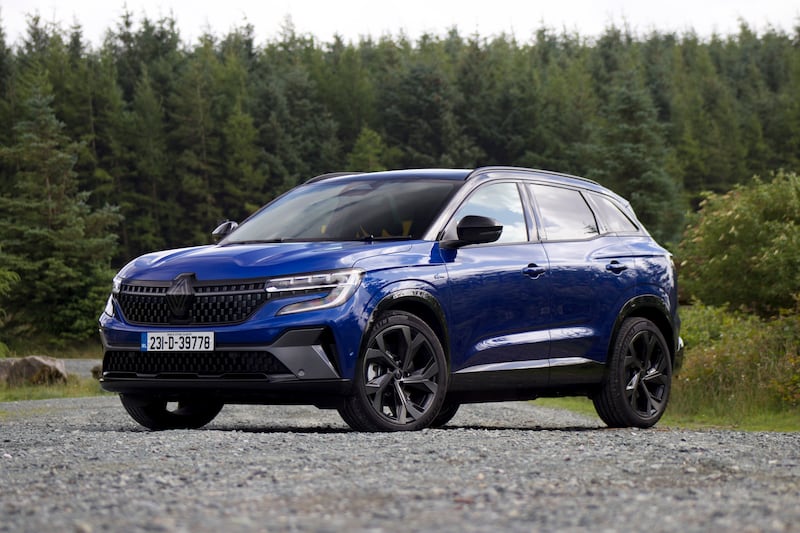
The Austral is a slightly unusual car. It’s more expensive than you might think (although not out of line with its Korean and Japanese rivals) and its hybrid system is distinctly odd, bridging the gap between a ‘traditional’ Toyota-style hybrid and a Nissan-style range-extender. That means that it makes odd, even disconcerting, noises from time to time, but it is genuinely economical. It’s also handsome, has a terrific interior, and is surprisingly good to drive. Likable, if flawed.
- Plus: Looks good, drives well, frugal
- Minus: Expensive. Noisy hybrid.
- Equals: Not perfect, but characterful
49. Ford Tourneo
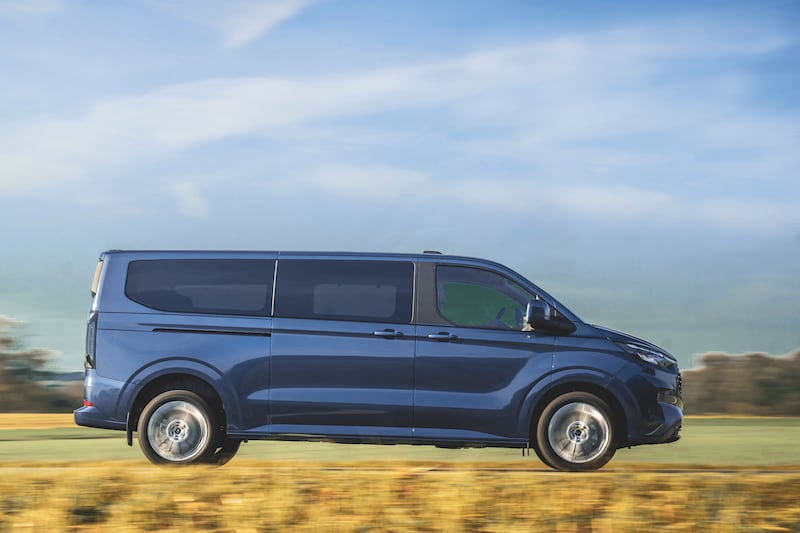
It’s called Tourneo, but we all know it’s really a Transit with seats. If that sounds like damning with faint praise, well actually we feel quite the opposite. The new Transit (Tourneo) gets a high-tech new platform, a high-quality (by van standards, anyway) new cabin, and styling that’s genuinely handsome. In – pricey – Tourneo form it also has space for as many as nine people, with endlessly adjustable seats in the back. It’s even good, really good, to drive. Diesel versions arrive first, followed next summer by an all-electric version.
- Plus: More space and more seats than you could possibly need
- Minus: Won’t be cheap
- Equals: Van life is good life
48. Skoda Fabia
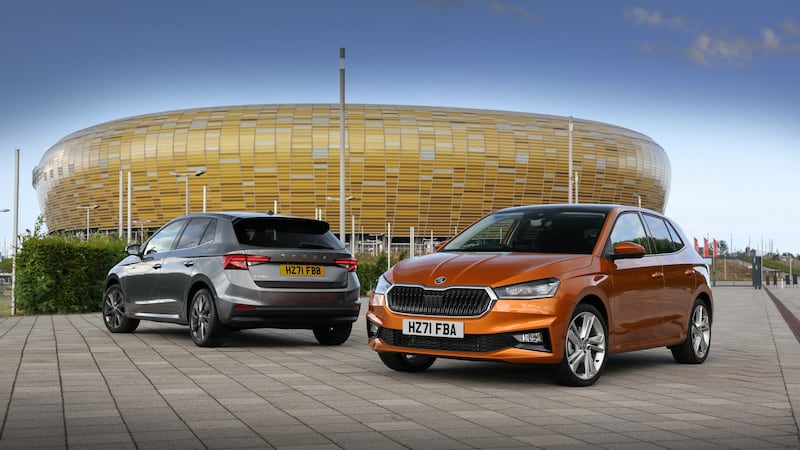
The Fabia has finally done it. It’s out-Golfed the Golf. Skoda small hatch has become, like everything else, stupidly expensive in the past while and now costs what a VW Golf used to. But, the good thing is that the Fabia is actually now better than a Golf, with a nicer cabin layout and design, and – astonishingly – a boot that’s just as big. Why would you spend the extra? The only penalty is slightly tight rear seat space.
‘There are times I regret having kids. They’re adults, and it’s now that I’m regretting it, which seems strange’
Cillian Murphy: ‘You had the Kerry babies, the moving statues, no abortion, no divorce. It was like the dark ages’
The Dublin couple who built their house in a week
John Creedon: ‘I was always being sent away, not because they didn’t love me, but because they couldn’t cope’
- Plus: A terrific all-rounder
- Minus: Small back seats
- Equals: Buy instead of a Golf
47. Opel Astra

The Astra is the slightly more sober-suited cousin to the stylish Peugeot 308, and it’s a solidly impressive traditional hatchback. Well, it was – an all-electric version is imminent, with a 54kWh battery and a 400km range, but still the same Astra badge and body. What will trad-minded Opel buyers make of that, we wonder? In the meantime, the 1.2 petrol is the best Astra, as it’s frugal and fun to drive. The plug-in hybrid sacrifices boot space, and is slightly awkward to drive so best avoided. As ever, the handsome estate version is the best one to buy, with a large boot and sleek looks.
- Plus: Sharp styling, good to drive, sweet 1.2 petrol
- Minus: Some cabin quality sanfus, irritating PHEV
- Equals: Buying now? 1.2. Buying later? Electric.
46. Polestar 2
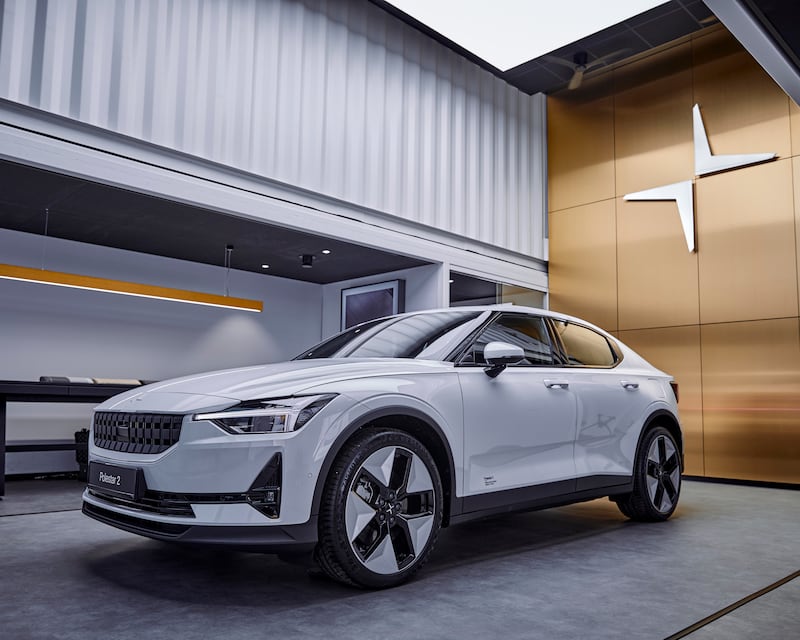
Polestar’s first proper production car (the gorgeous, but limited-run Polestar 1 was never officially sold here) arrived as a potential rival to the Tesla Model 3, but soon found itself tripped up by a bit of a problem – it’s not efficient enough on longer journeys, necessitating more charging stops for a given distance travelled. Polestar has a fix for that – a new, rear-mounted, rear-wheel drive electric motor and a bigger battery – but that doesn’t arrive till early next year. In the meantime, the best Polestar 2 is the 408hp all-wheel drive Performance model, which is even worse for range, but which feels kinda like a junior Porsche Taycan to drive.
- Plus: Scandi styling, enjoyable to drive, quality
- Minus: Range and efficiency
- Equals: Wait for the RWD version to arrive
45. Kia Sportage
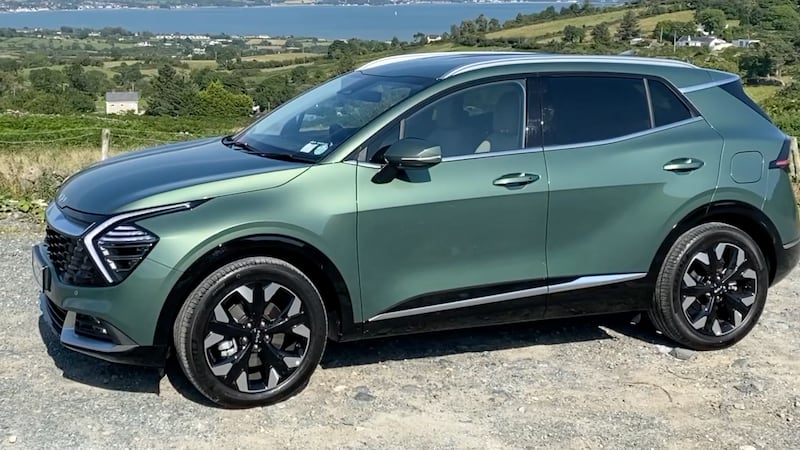
Why pick the Sportage over its identical (under the skin) brother, the best-selling Hyundai Tucson? Well, probably largely because everyone’s got a Tucson now, and who wants to follow a crowd that big? Like the Tucson, the Sportage is a very ‘Goldilocks’ car – it’s roomy without being too huge, it has a wide range of engine choices from conventional diesel through hybrid to plug-in hybrid, and it’s stylish and distinctive without being overly showy. It’s also good to drive, albeit not a car that you’d consider especially rewarding behind the wheel. The cabin looks and feels great, though the hybrid is curiously thirsty on the motorway.
- Plus: Good looking, decent to drive, high quality
- Minus: Thirsty hybrid, do you really need an SUV?
- Equals: This or a Tucson? Not much in it, really ...
44. Toyota Yaris Cross
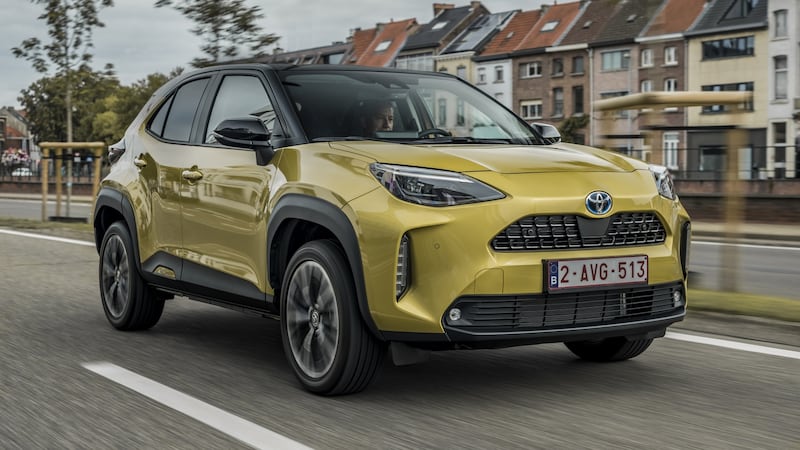
The Yaris Cross is one of those ‘sweet spot’ cars. It’s not too big, but it’s bigger than the standard Yaris hatchback, which means you get far more usable rear seat space and a decent boot. Its 1.5 hybrid engine is no ball of fire, but it has adequate performance and – far more importantly – the ability to genuinely return 4.5-litres per 100km if driven with a modicum of care. It’s actually the same size, overall, as an original RAV4, but because every other car has become so huge, it looks small and cute, rather than hulking and threatening.
- For: Cute styling, economy, space
- Against: Cabin feels a bit cheap, not quick
- Equals: The best of the small crossover brigade
43. Ford Mustang Mach-E
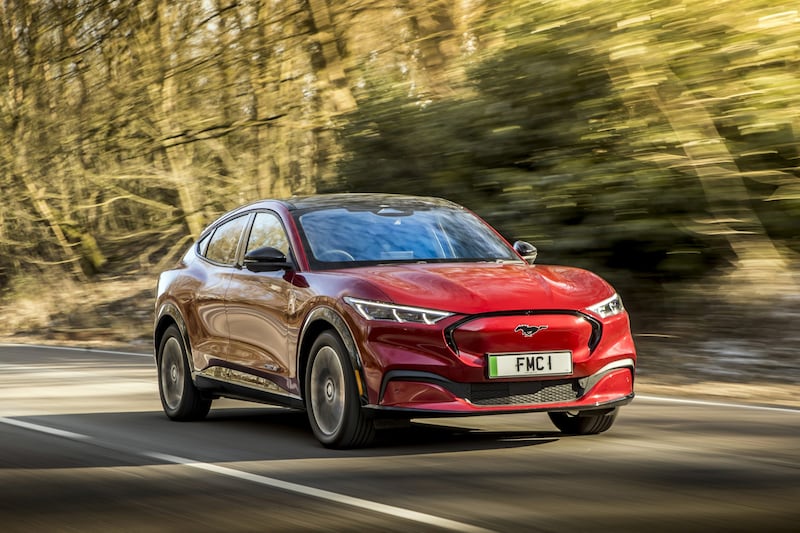
Ford built the Mustang Mach-E to take on the Tesla Model Y, and in many ways it does. Big screen? Tick. Real-world range of around 450-500km? Tick. Roomy and practical? Tick. In some ways, the Mach-E is the Model Y’s superior. It’s way more fun to drive, the cabin is better built, it has proper instruments, and it’s nicer looking on the outside. Flaws? The ride is too firm, the boot’s not big enough, and thanks to Tesla’s price cuts, the Mach-E looks way too expensive. More affordable versions, with a cheaper LFP battery, are on the way.
- For: How it drives, how it looks, how well it’s built
- Against: How much it costs
- Equals: Hugely appealing, but overpriced right now
42. Tesla Model Y
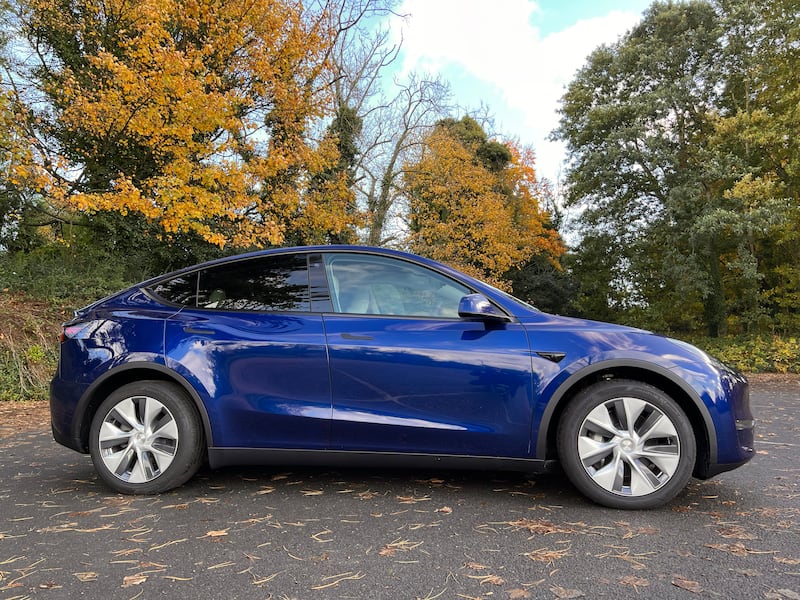
The world’s best-selling car in 2023 is ... the Tesla Model Y. In many ways, it’s not hard to see why. People want to go electric, and with its solid range (533km for the Long Range model) and access to the brilliant Supercharger charging network, the Model Y makes that easy. It’s also practical (800-odd-litre boot, spacious back seats, 117-litre ‘frunk’) and packed with high-tech features. Tesla’s recent price cuts have also made it noticeably better value for money. So why don’t we rate it? Well, the quality’s not great (the cabins all seem to rattle and clatter alarmingly), it’s only okay to drive, the ride quality, in spite of improved suspension, can still thump and bang in an unruly fashion, and the cabin design and layout is starting to slip behind the best. One wonders how many of those 2023 buyers will go back for another one in three year’s time?
- Plus: Range, charging, space, tech
- Minus: Ride, quality
- Equals: Number one doesn’t mean best
41. VW ID. Buzz
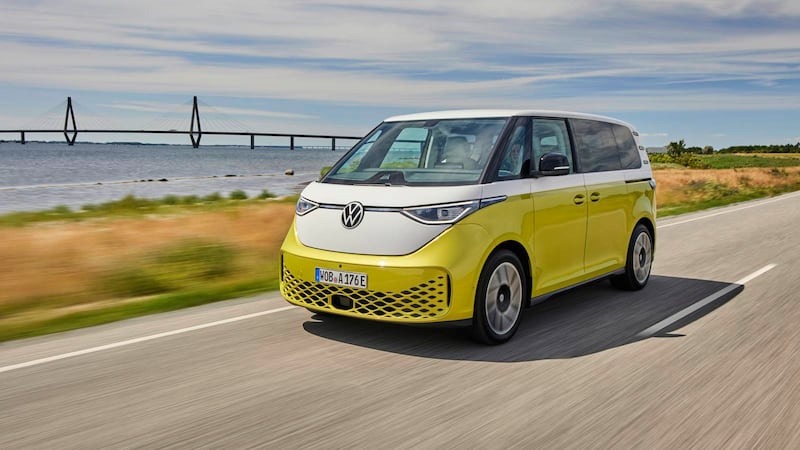
The Buzz is arguably the most over-priced car in the country; a family-friendly MPV that’s based on a van, but which costs the same as posh-brand luxury models. If you’re approaching a Buzz with your sensible hat on, it’s kind of ridiculous. However, allow a little subjectivity in and it’s hard not to be charmed. Charmed by the retro-sixties Scooby-Doo styling; charmed by the comfort and space inside; charmed by the relaxed driving experience. Charmed, most of all, by a big, useful, practical car that’s NOT an SUV. Seven-seat and bigger-battery models arrive soon.
- Plus: Woodstock styling, space, easy-going driving experience
- Minus: Price tag, truncated range
- Equals: 21st century mystery machine
40. Toyota C-HR
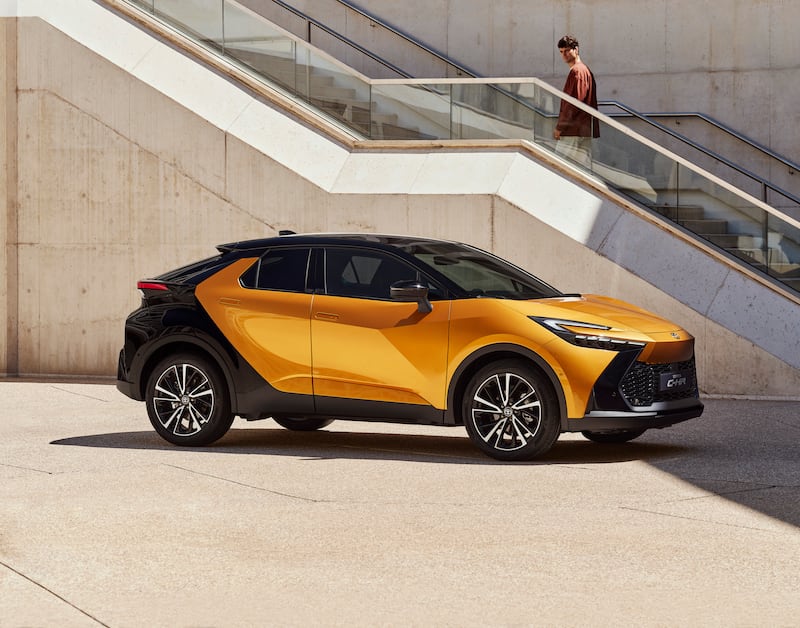
If the first generation C-HR looked like a high-tech running shoe, this all-new model looks like a Star Trek shuttlecraft. The C-HR is genuinely arresting to look at, especially with the contrast-coloured rear end, but the cabin isn’t quite so nice and Lexus-y as that of the old one. Rear space isn’t brilliant, so you’ll have to consider the dowdy Corolla Cross if that’s what you need. Plug-in hybrid power train is excellent though, with a potential 66km electric range on a full charge, and frugal petrol driving on long journeys. It’s fun to drive, too.
- Plus: Styling, handling, efficiency
- Minus: Cabin not as nice as it used to be, still small in the back
- Equals: Watch it sell like hot cakes
39. Peugeot 408
Peugeot’s take on the same package that gave us the Citroen C5 X is a low, sleek crossover that has the ride height of an SUV but the body of a fastback saloon. It’s a slightly odd mix, but the design of the 408 is unquestionably appealing, and it’s good to drive too. Not everyone will love the cabin layout (small wheel, tall instruments) and overall we prefer the Citroen, but it would be churlish not to see the appeal of the 408.
- Plus: Intriguing looks, pleasant to drive
- Minus: Awkward plug-in hybrid, the Citroen does the same thing better
- Equals: Odd but appealing
38. Porsche 911 Dakar
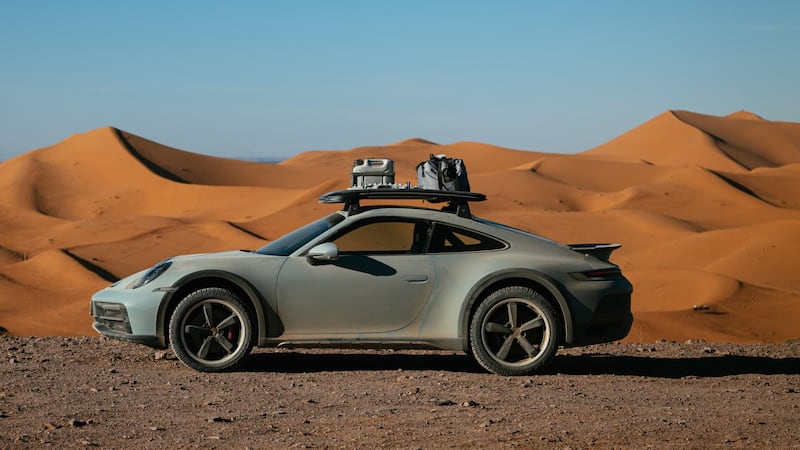
Turning a sports car – no, THE sports car – into an SUV? Has Porsche lost its mind? Well, no actually. For a start, there’s heritage here (the modified 911s and 959s that actually won the Paris-Dakar rally in the 1980s) and the level of care and craft that has gone into creating the Dakar has wrought a car that can be driven with almost equal fun and ferocity on tarmac or on gravel (or sand, or mud, or…). It’s a strictly limited edition model, and costs the thick end of €400,000 but it might just be the best modern 911 of them all.
- Plus: Goes anywhere
- Minus: Explaining it to your friends
- Equals: Should be a mess; is actually brilliant
37. Hyundai Kona
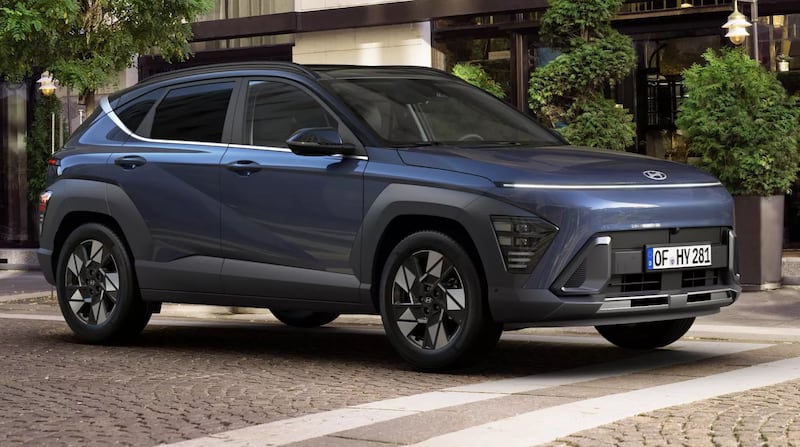
You can pick quite a few holes in the new Kona’s performance, if you like. It’s far from being a thrilling car to drive. In fact, it’s quite dull. The styling is also odd – slightly bland around the nose, but with a jumble of disconnected shapes down the sides. However, what it is exceptionally efficient, offering more than 500km of EV range when most rivals have more like 400km, and doing so at a price that undermines more than a few rival product plans. The cabin is spacious, and the boot is large. It’s hard to fault, but we just wish it was a little more interesting.
- For: EV range, quality, space
- Against: Dull to drive, odd styling
- Equals: Sensible and efficient, but not fun
36. Ford Ranger
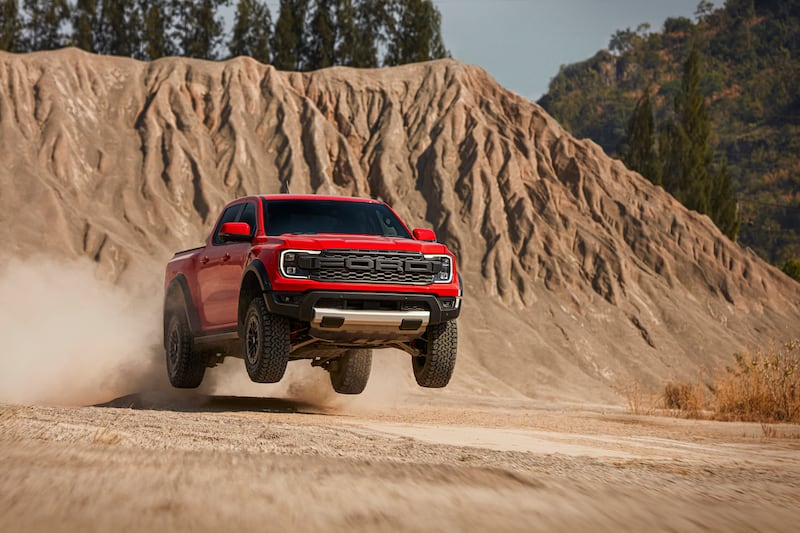
Ford’s Ranger is not a car, but it’s unquestionably one of the best pickups around, and if you’re of an American frame of mind, that counts as a car. It is bigger than the old one, which makes it feel somewhat unweidly in town, but up in that lofty cab there’s proper car-like comfort and even refinement levels aren’t bad. The star of the show is, of course, the Raptor version which isn’t a quick as you’d think, but which has such amazing suspension that it’s as fast off-road as it is on. One for building site one-upmanship.
- For: Ruggedly practical, comfortable, great infotainment
- Against: Size, weight, thirst, Raptor’s general silliness
- Equals: Hard-working
35. Rolls-Royce Spectre
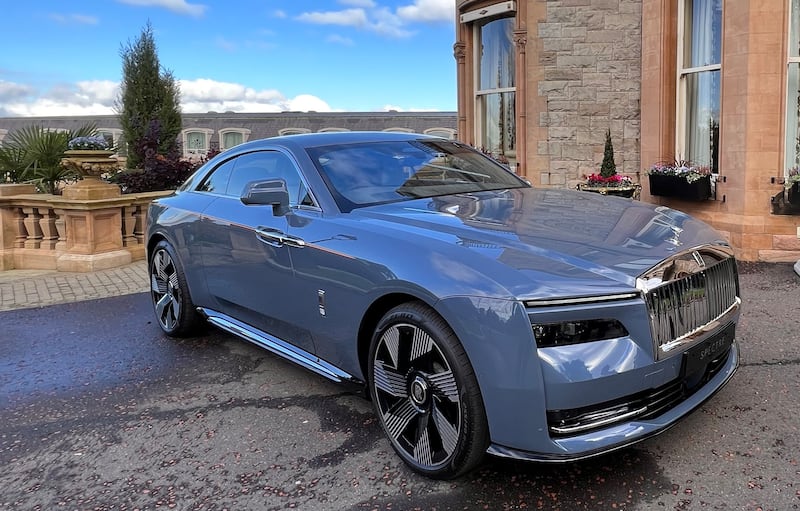
Once in a while, a car comes along that just blows your perspective wide open. The Rolls-Royce Spectre is just such a car. Rolls’ first electric model (well, the first one on sale anyway) is an utter triumph, combining 500km range with the sort of refinement and comfort that you’d normally associate with lying in bed. Quite how a three-tonne car can be made to handle this well is also slightly beyond us. It’s a towering engineering achievement.
- For: A truly landmark car
- Against: Costs as much as a nice house
- Equals: Spectre-acular
34. BMW 840i

Once upon a time, BMW made cars with sonorous, buttery-smooth straight-six engines. These were the power plants that the Munich legend was built one, from the 3.0 CSL to the 325i to the 528i and beyond. Now, as we lurch towards electric, most of the petrol-powered Beemers on sale use four-cylinder motors. But not this one. The 840i (best-sampled as a four-door Gran Coupe) is clinging on to the precipice thanks to its astonishing, powerful, musical, and surprisingly frugal 3.0-litre turbocharged engine. Cherish it while you still can.
- Plus: Those looks, that noise
- Minus: Hardly what you’d call affordable
- Equals: Wonderful
33. Peugeot 508

Four-door saloons are starting to get thin on the ground in some areas. The Mondeo’s gone, the Passat’s going, and the Avensis is no more. Thank heavens then that Peugeot still makes the handsome, low-slung 508 as both a saloon (and better yet, an estate). It’s great to look at and the interior is more spacious than you’d think. Basic 180hp plug-in hybrid version is a terrific all-round performer, but you’ll want the four-wheel drive, 360hp PSE version.
- Plus: A truly engaging saloon car
- Minus: Far from the cheapest thing around
- Equals: You’ll miss it when it’s gone
32. Kia Sorento PHEV
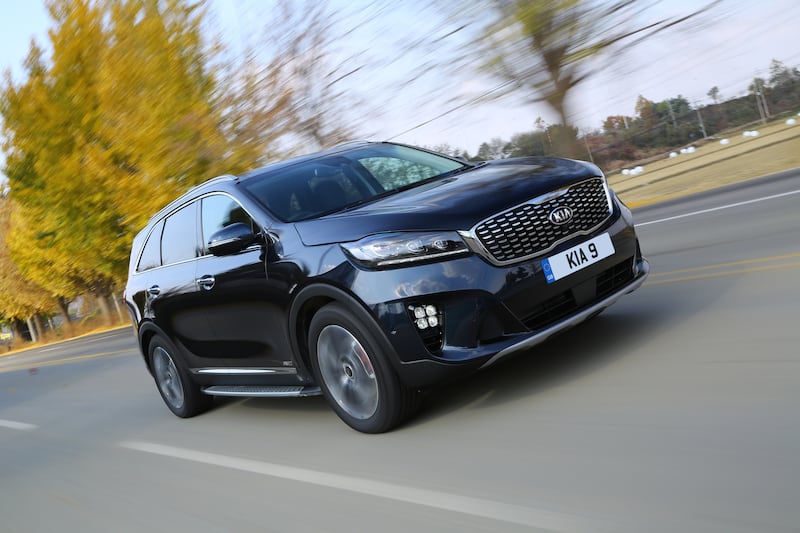
Kia has delivered a big seven-seat plug-in hybrid SUV, with off-road ability, an abundance of modern tech and comfort features for under €60,000. Boasting the same spacious cabin and features as its oil-burning brother, the plug-in version claims an official fully-electric range of 57km, and up to 70km in city driving. We suspect that many of its buyers will be suburban families rather than rural off-roaders, it’s fair to assume that most journeys undertaken by this new Sorento will be completed in full-electric mode. Just to recap, what you get here is a large, very comfortable people mover – a sittingroom on wheels with loads of legroom front and rear, room for two teens in the third row and an array of features that would match any premium rival demanding €20,000 more. A facelifted version is on the way in 2024, but we are assured prices will not rocket up as a result.
- Plus: Roomy SUV with decent electric range and a competitive price
- Minus: The usual issues about PHEVs lugging batteries about
- Equals: Surprisingly good value for all that it offers
31. Mercedes GLC
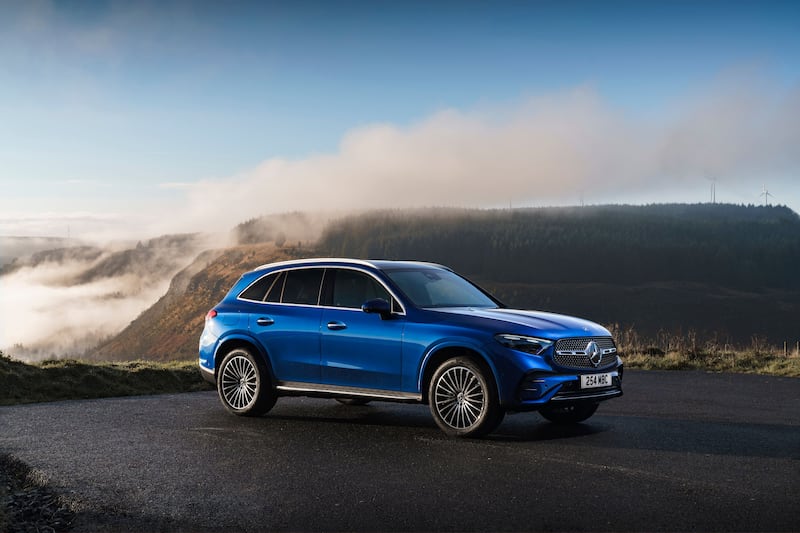
Merc’s reinvented GLC SUV looks all but identical to the previous model, but underneath it shares a platform with the current C-Class and so is vastly more technologically sophisticated. You can choose from conventional diesel or petrol versions, or go for either diesel or petrol plug-in hybrids, both of which can potentially top 100km electric range on a full charge. The diesel is the better version when it comes to long-range economy, obviously. All GLCs are relaxing and easy-going to drive, but they’re also all really, really expensive.
- Plus: Quality, EV range, comfort
- Minus: Price tag
- Sign up for push alerts and have the best news, analysis and comment delivered directly to your phone
- Find The Irish Times on WhatsApp and stay up to date
- Our In The News podcast is now published daily – Find the latest episode here





